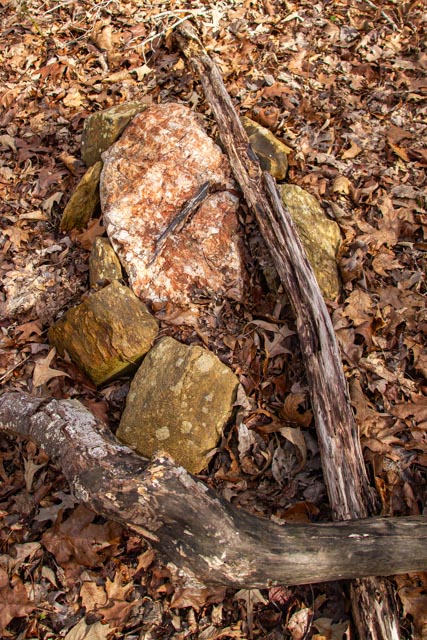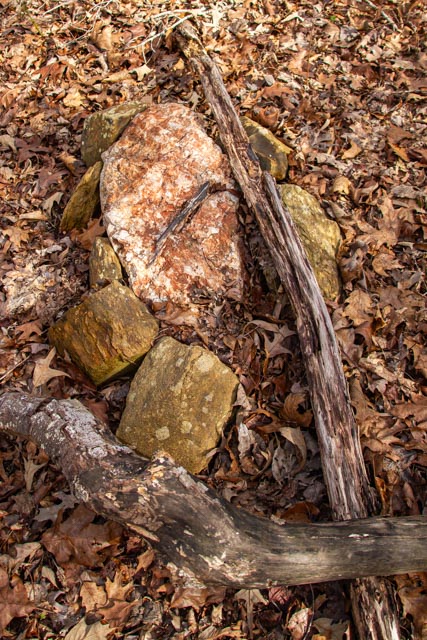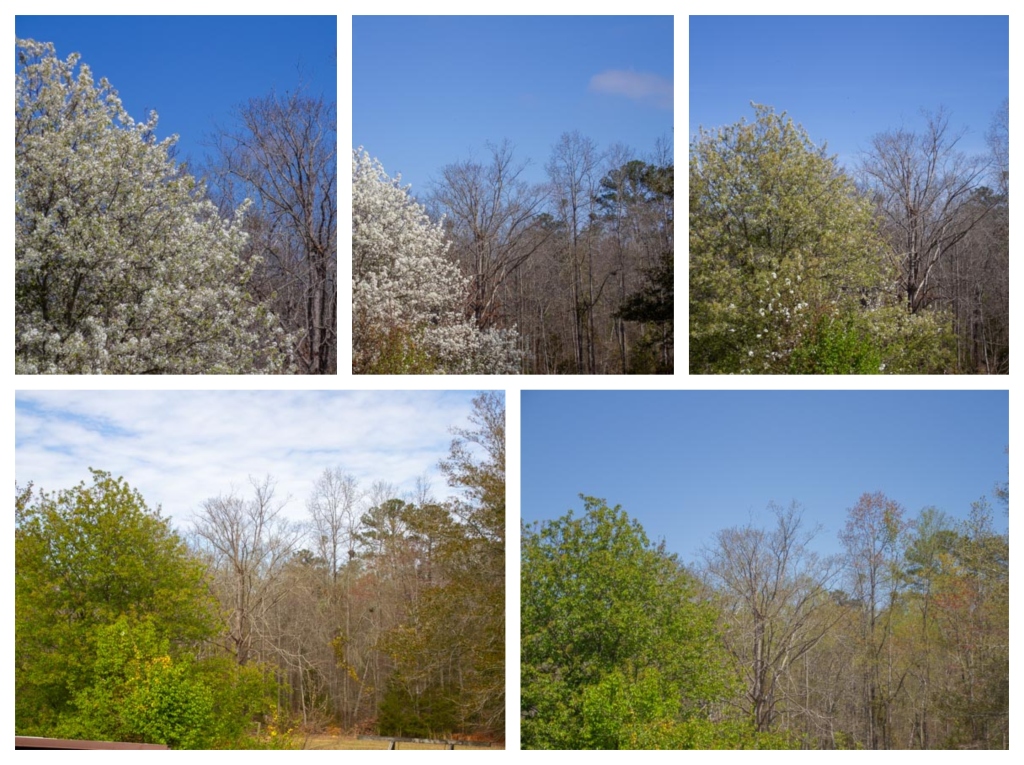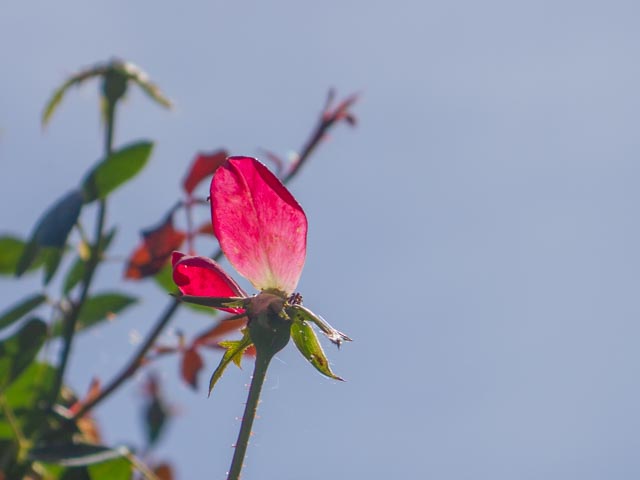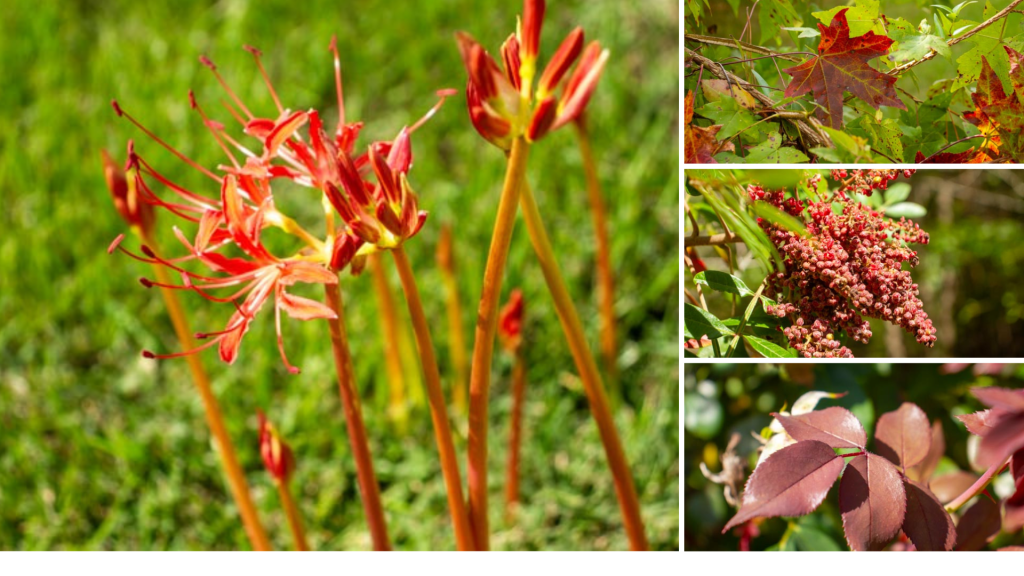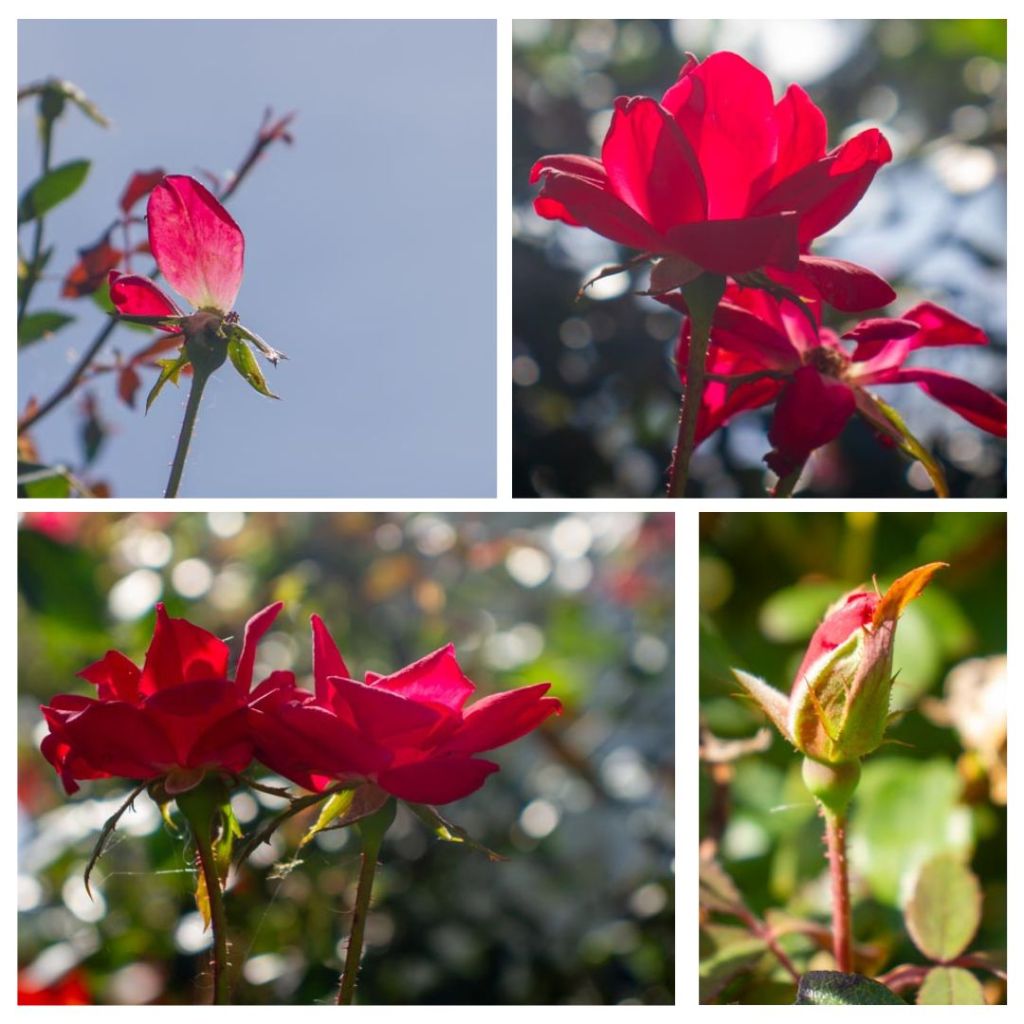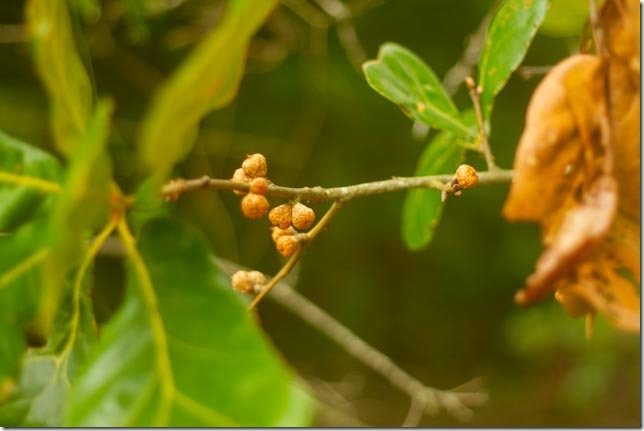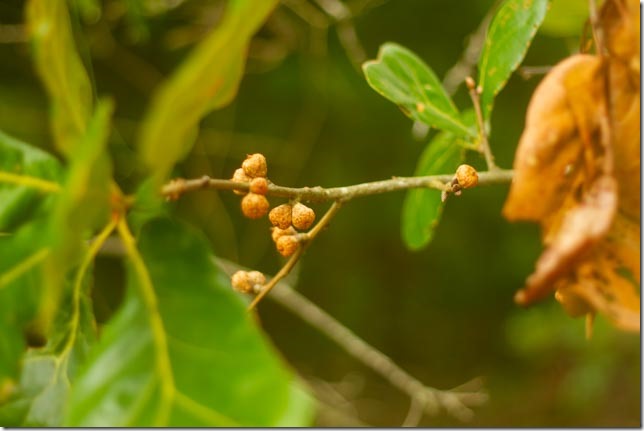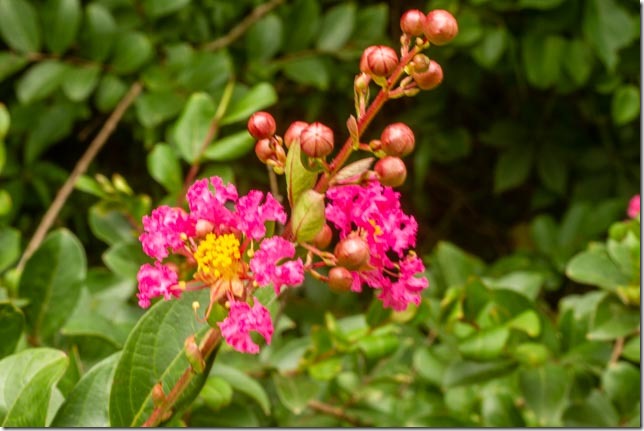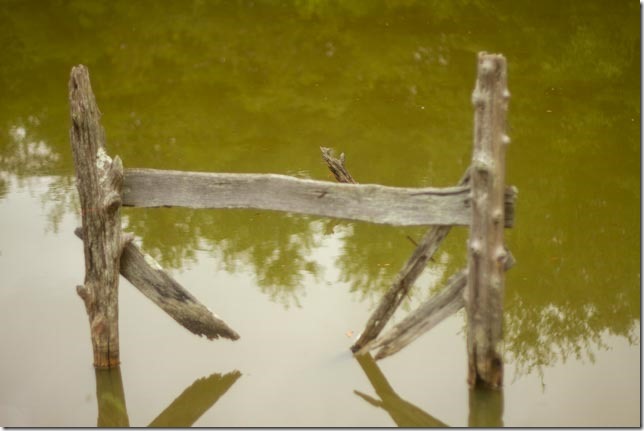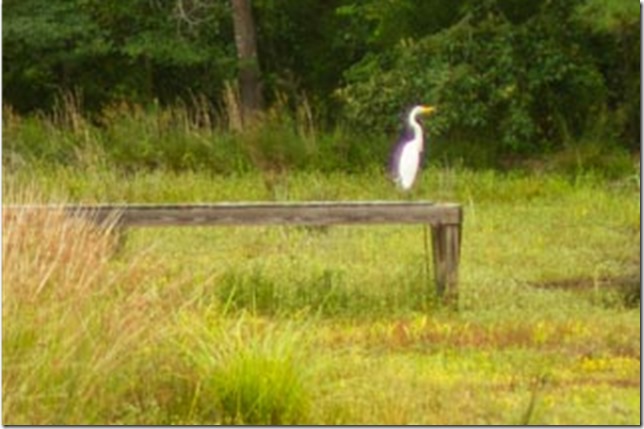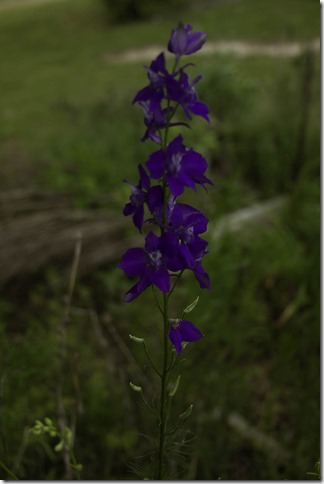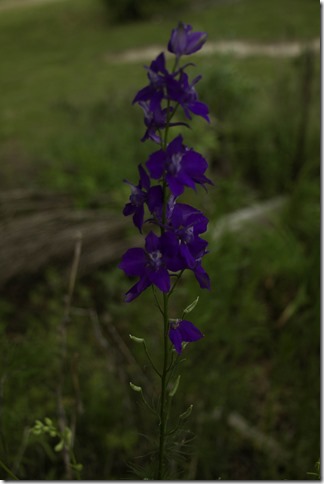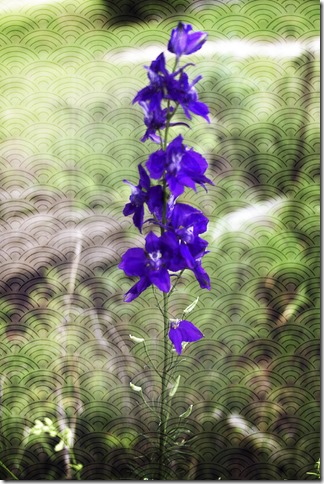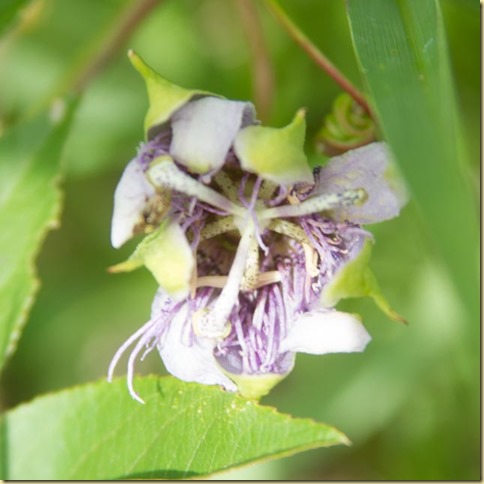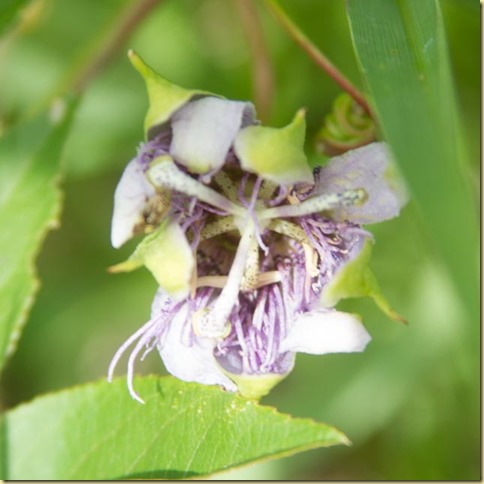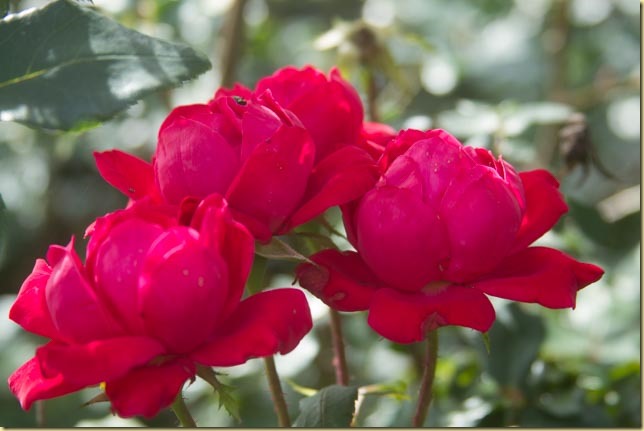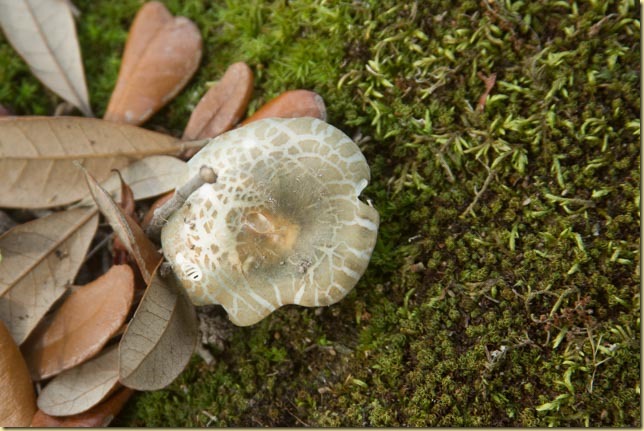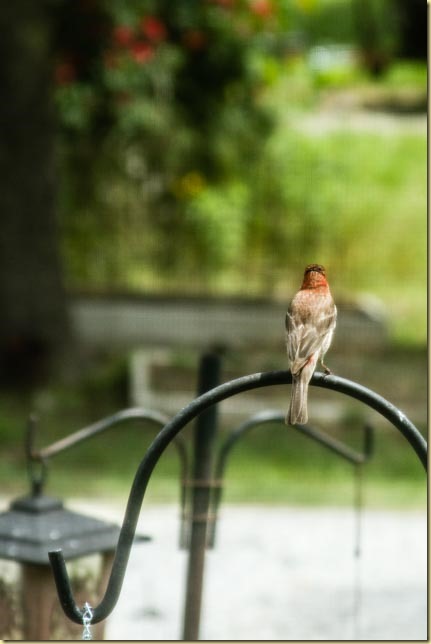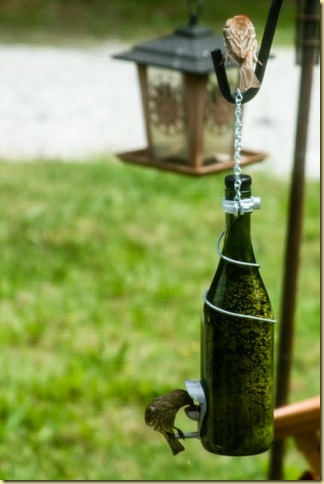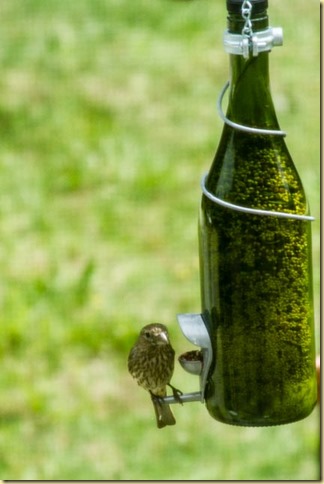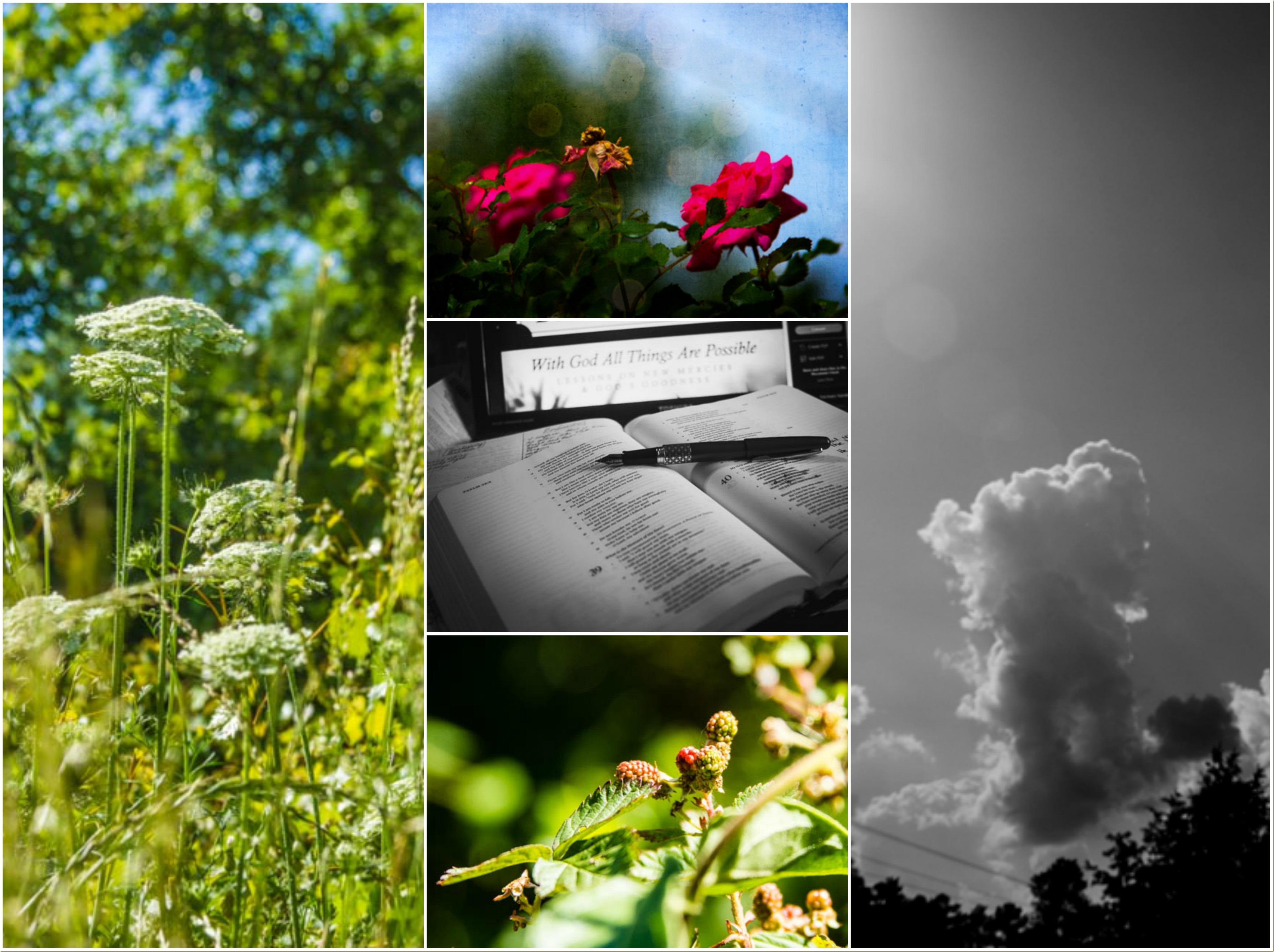I have good intentions; I really do. I promise myself that I WILL follow through on my photo-a-day project, or I will complete this on-line photography class that I paid good money for, or I will commit to taking a photograph of “something” each week.
I get a week or so into the project, and then LIFE happens. Sometimes, it’s the unexpected that happens to interrupt the routine—sickness, car trouble, appointments. You get the idea. The photography routine is interrupted, and it’s hard to pick it up again especially if the photo-a-day has not become a habit.
I’ve tried variations: 52 projects: ONE photo-a-week. Again, I do well the first couple of weeks, and then, LIFE happens.

I started my May “Picture Spring” project on May 1. I missed one day of photographing, but that’s okay. I took the time to go into my archives and search for something to represent that day. But as I looked at last week’s photographs, I see a rut beginning to form. Flowers, blossoms, green things. . . You see where I’m going? I know the saying “April showers bring May flowers,” but honestly, flowers are not spring has to offer. I need HELP! So I anxiously wait for Tracey Clark’s class to start next Monday.
And I spent the last half hour looking at Pinterest and Google Images, looking for spring and May challenges. And I printed off a few, using my little 4 by 6 photo printer (Canon Selphy). I am going to tuck them into my May photo book as a reference.
So, how to you keep the inspiration to complete a photo-a-day project?
Jim Goldstein has a list of eleven ways to keep the momentum going in an article on the Digital Photography School website. His second tip is a good one: Always have a camera with you. Now, I tend to use my “big girl camera,” The Canon 7D with the battery grip attached (you would be amazed what people have to say about me carrying that thing around!) Most of our cell phones and smart phones have decent cameras these days, and, as you know, the best camera is the one you have with you. So, when you see something that “would make a good picture,” use that camera to make the image.
Nancy Messieh recommends taking the interesting shot. If it catches your eye, make the image. Keep your eyes open to possibilities. In addition, she advises photographers to look for inspiration from favorite photographers, from online photo galleries like Life or National Geographic, Flickr Explore, Tumblr, and other similar sites. Sometimes, trying to emulate another photographer’s techniques can project inspiration to keep going.
Here’s one I hadn’t thought of! Karthika Gupta advises photographers to be honest about why you want to do a 365 project in the first place. Having a goal will help keep you inspired. Is your goal to improve your photography? Is it to document your everyday life and routines (as well as those big events)? Having a clear goal in mind helps keep the purpose in mind.
Bethadilly offers two tips: Join a community, and share on social media. There are a LOT of 365 groups out there. A search of Flickr, Instagram, and Facebook will give you plenty of groups to choose from. Now, when I do this, I get overwhelmed! Seriously, there are thousands of 365 communities out there! Being part of a community holds you accountable, as does committing to share on social media, whether it’s Instagram or Facebook or Tumblr or Flickr. (There is a drawback to sharing: I get caught up in looking for “likes,” and if I don’t have any, then I wonder how I “failed” with that image.)
Bethadilly suggests one more thing: Use your daily photography to practice a skill or technique or to use a specific piece of gear. I admit that I am “gear crazy.” I love to mess with lenses and new camera gadgets. In fact, you may be like me; you have a piece of camera gear in your bag right now that you rarely, if ever use. I love my Lensbaby Composer Pro with the sweet 35 optic and the double optic. I have the macro kits—the filters as well as the attachments. I even have the wide angle attachments for the Lensbaby, which I have not used. Maybe it’s time to practice.

Several writers suggest making inspiration lists. You can download and print lists to tuck into your camera bag, or you can write your own. The thing is they recommend having a “plan” of some sort.
Right now, I’m finding “Spring” is a bit broad. I am going to look at my lists and these tips to see how I can push myself further both in terms of subject, storytelling, and technique to keep up my short-term photo-a-day project. Oh, having my little mini-album already made is helping as well as keeping it “front and center.” When I pick it up to page through it, I can see the blank pages that need to be filled.

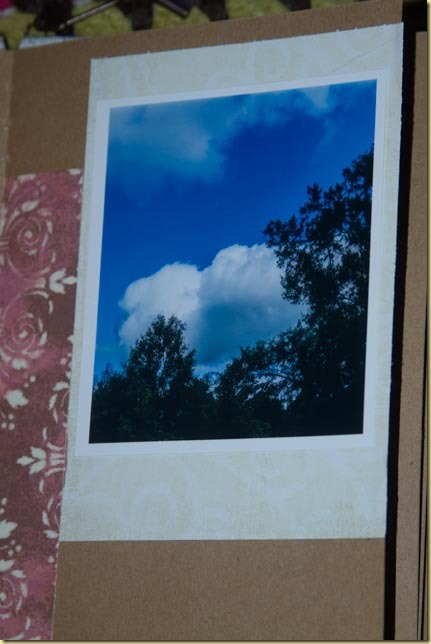
By the way, the noisy birds fighting over space at the feeders inspired today’s “Picture Spring” photo. I haven’t downloaded them yet.
How will you kick your 365 project up a notch this week?
